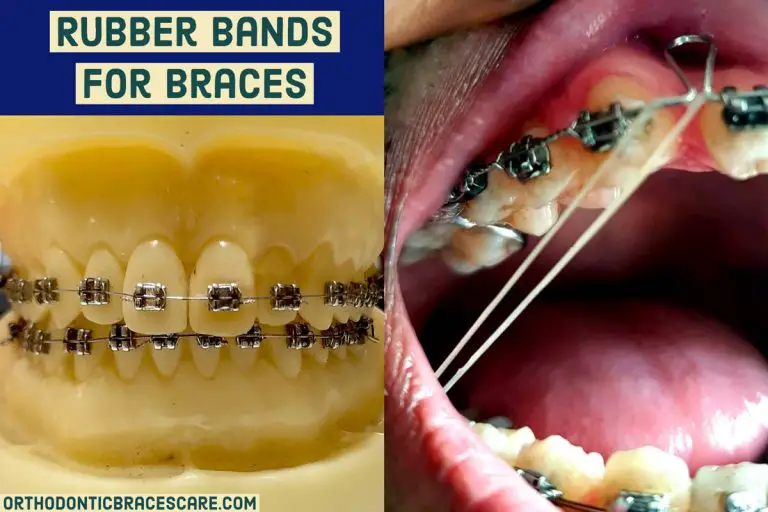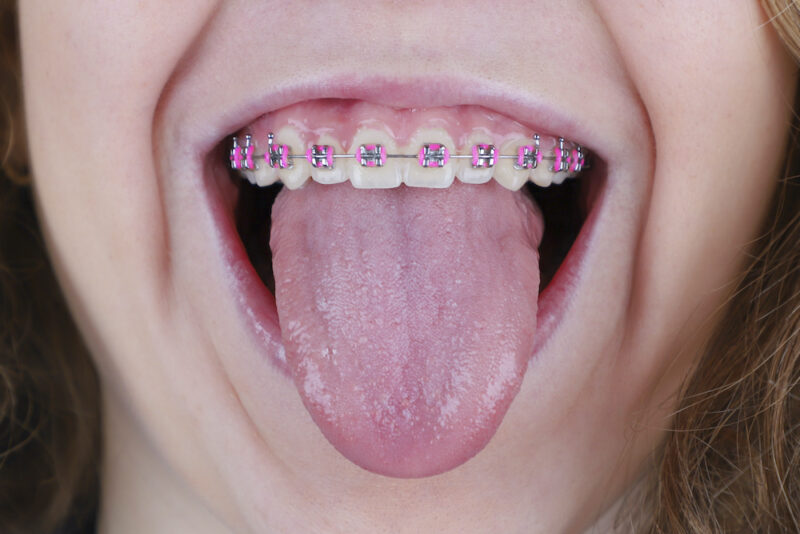
Rubber Bands and Braces: How Often Should They Be Changed?
Let’s face it, braces are not the most comfortable dental accessory, but they can give us the perfect smile we’ve always wanted. To achieve that goal, it’s crucial to maintain good oral hygiene and follow our orthodontist’s instructions carefully. One of the most important aspects of this is changing the rubber bands on our braces regularly. But how often should we do this? In this article, we’ll delve into the world of braces rubber bands, exploring their importance, how often they need to be changed, and other essential tips for maintaining a healthy smile during orthodontic treatment.
The Importance of Rubber Bands
Rubber bands, also known as elastics or ligatures, play a significant role in orthodontic treatment. They are small, colorful rings that fit around the brackets on your braces. They work by applying gentle pressure to the teeth, helping to guide them into their desired positions. Without rubber bands, the braces would not be able to effectively align your teeth.
How Often Should You Change Your Rubber Bands?
The frequency with which you need to change your rubber bands depends on several factors, including the type of braces you have, the severity of your orthodontic problem, and your individual oral hygiene habits. Generally, most orthodontists recommend changing rubber bands every 8 to 12 hours. This means changing them twice a day, once in the morning and once at night.
If you have clear or ceramic braces, you may need to change your rubber bands more frequently, as they tend to discolor and become less effective over time. Additionally, if you have a lot of plaque or tartar buildup on your teeth, your orthodontist may recommend changing your rubber bands more often to prevent bacteria from accumulating on the bands.
Tips for Changing Your Rubber Bands
Changing your rubber bands is a simple process that can be done at home. Here are a few tips to help you do it correctly:
- Use clean hands: Always wash your hands before touching your braces or rubber bands.
- Remove the old rubber bands: Use a dental floss threader or a pair of tweezers to gently remove the old rubber bands from your braces.
- Insert the new rubber bands: Take a new rubber band and stretch it around the brackets on your braces. Make sure the rubber band is snug but not too tight.
- Check your fit: Once you have inserted the new rubber bands, check to make sure they are fitting properly. You should be able to fit a toothbrush bristle between the rubber band and your bracket.
Expert Advice
In addition to changing your rubber bands regularly, there are a few other things you can do to maintain a healthy smile during orthodontic treatment:
- Brush and floss your teeth regularly: This helps to remove plaque and bacteria from your teeth and braces, preventing cavities and gum disease.
- Avoid sugary drinks and foods: Sugary substances can damage your teeth and braces, so it’s best to limit your intake of these foods.
- Wear your retainer: Once your braces are removed, you will need to wear a retainer to keep your teeth in their desired positions.
Frequently Asked Questions
Q: What happens if I don’t change my rubber bands regularly?
A: If you don’t change your rubber bands regularly, they can become loose and ineffective, slowing down your orthodontic treatment. In addition, old rubber bands can harbor bacteria, which can lead to cavities and gum disease.
Q: Can I change my rubber bands more often than recommended?
A: Changing your rubber bands more often than recommended is not necessary and can actually be harmful. Changing them too often can irritate your gums and damage your braces.
Q: What should I do if I lose a rubber band?
A: If you lose a rubber band, don’t panic. Simply call your orthodontist and they will provide you with a replacement.
Conclusion
Changing your rubber bands is an essential part of orthodontic treatment. By following the tips and advice outlined in this article, you can help ensure that your braces are working effectively and that you are achieving the smile you’ve always wanted. Remember, if you have any questions or concerns about changing your rubber bands, be sure to consult with your orthodontist.
Let us know in the comments below – are you currently interested in changing your rubber bands? If so, what have your experiences been like?

Image: orthodonticbracescare.com

Image: www.milnororthodontics.com
Is it really that bad to eat with rubber bands on your braces? – L&M … Be sure to keep your rubber bands stored in a clean, safe location where you won’t lose them, and they won’t get dirty. Use both your thumb and your index finger to attach the rubber bands in place. It helps to stand in front of a mirror while doing so. After some practice, you should be able to do this by feel, without the mirror.